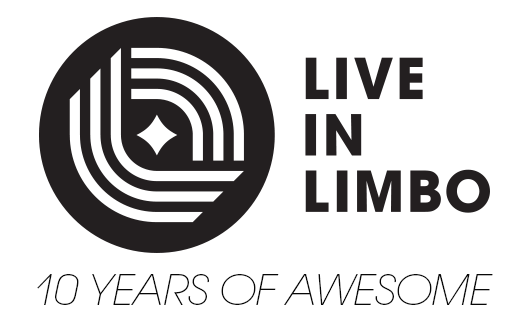
With the video game industry seeing more than $100 billion in revenues each year with no signs of slowing, Press Start is a series to help you navigate the growing popularity of gaming subculture.
Let’s say you got swept up in the hype of the newest gaming tech and got yourself a PS4, Xbox One, Nintendo Switch or a computer that can handle today’s video games. Where do you start? If you’ve played games before – even Candy Crush on your phone – you might have an idea of the genres you’re interested in. If you’re completely new to gaming: welcome! Have we got a lot to show you!
Whether you were a Nintendo kid or a Sega kid – or knew someone who was – you might have had some interactions with video games in your life. Fast forward to today and research is still being conducted on the links between violent video games and violent thoughts (spoiler alert: there’s no link). You may have returned to gaming by the launch of Pokemon GO and may be surprised to find Pokemon in its 7th generation, with the 8th soon to arrive for Switch.
Whatever brought you here, or brought you back, here’s what you should know:
- You can get games anywhere: whether on a sales platform (like Steam or GOG) on PC/Mac, direct from your favourite retailer or each system’s online store, you’re not limited to physical media from Future Shop (RIP)
- Games are bigger than they used to be: gaming can be a time commitment now, especially for single player adventures and online multiplayer challenges; use a site like com to see if you have the 167 hours needed to play most of the Kingdom Hearts games
- Try first, buy later: demos have been around since the beginning of downloadable games, and they are definitely worth it if you’re not sure you’re into strategy or sports games (or anything in between); many will give you enough access to get a sense of the game before you continue
- Get the right tools: depending on the game, you might need extra peripherals, controllers or input methods to help you enhance your gameplay, but most of the time, whatever came with your system (be it regular controller or mouse and keyboard) should be enough
- Hit save: in most single player games, there is an “autosave” function to save your progress, but in some it might be a good idea to save as often as you can (or at least can remember) so you don’t lose where you are and can jump back in next time right where you left off; thankfully a lot of games and systems allow for “cloud saves” where your saves are backed up (you might encounter this on mobile through your phone’s game centre function)
Maybe all of this might not be what you need and you just want to know what to play. Here are some great games from the last few years that might be good starting points:
- Stardew Valley (PC/Mac, PS4, XOne, Switch, Vita) – a charming farming/life/relationship simulation game that has more than enough to keep you saying “just one more day” until your whole afternoon has flown by
- Mario Kart 8 Deluxe (Switch) – who can resist a fast-paced kart race…complete with shells! Mario Kart 8 Deluxe is the definitive kart racer featuring Nintendo’s colourful cast, exciting items, an intense battle mode and a new “race assist” function for new players
- Minecraft (everything) – you’ve probably heard of Minecraft more than you’ve seen it; what started as a crafting/survival/sandbox game now has versions on every platform imaginable and a robust series of education and classroom uses
- Pretty much any Lego game (everything) – from Lego Star Wars to Lego Batman and all of the Lego Dimension series in-between, Lego games bring licensed characters and stories to brick-filled world through platforming, action, adventure and puzzle gameplay
- Fortnite (PC, Mac, PS4, Xone) – if you want to stay at the forefront of new gaming trends, Fortnite is a great pic for learning both survival-style games, first-person shooters and player-vs-player action (not to mention crafting and fort building thrown in)
This is only a start, now that you have the platform to play, go have fun!

